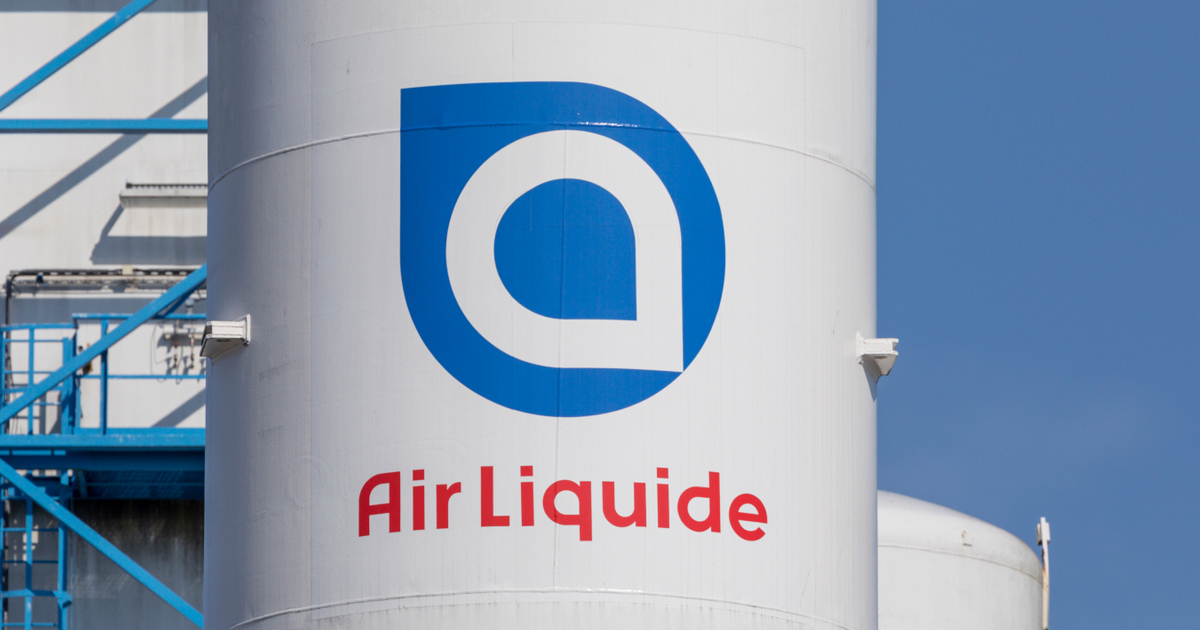How to Avoid Exercise Burnout
Maintaining a balanced exercise routine without getting burnt out on your workouts can be tricky. Making progress requires challenging your body, but that can lead to overtraining if you aren’t careful. Having a predictable workout routine can help maintain...


Photo: wavebreakmedia (Shutterstock)
Maintaining a balanced exercise routine without getting burnt out on your workouts can be tricky. Making progress requires challenging your body, but that can lead to overtraining if you aren’t careful. Having a predictable workout routine can help maintain consistency, but can also result in boredom and lack of motivation. Having goals can help keep you focused, but if the goals are unrealistic, that can impact your motivation, too.
“People are less likely to experience burnout [in their workouts] if they are working toward appropriate goals, enjoy the activity they are doing, and are having fun,” said Chris Gagliardi, a certified personal trainer and the scientific education content manager for the American Council on Exercise.
What the early signs of burnout look like
When it comes to burning out as an athlete, the early signs can be mental, physical, or both. Some of the early signs include chronic muscle or joint pain, decreased athletic performance, decreased interest in your workouts, fatigue, frequent illnesses, and a prolonged recovery time.
As Kelsey Decker, a certified personal trainer for StretchLab, told Lifehacker, increasing the intensity or duration of your workouts can lead to a constant feeling of soreness, a prolonged recovery time, consistent injuries, and fatigue.
“It is important that we listen to our body in between workouts and during a workout,” Decker said. “The consistency of back-to-back days or duration of a workout can play an effect on overworking our bodies.”
Prioritize rest and recovery
Rest is an important part of any exercise program. As Gagliardi suggests, when it comes to recovering from a high intensity workout—one that either taxes your muscles or your cardiovascular system—a rest period of 48 to 72 hours is recommended.
“A rest day does not necessarily mean that no physical activity is taking place, but that you are giving the fatigued muscle groups a chance to recover,” Gagliardi said. Rest days can include going for a walk, stretching, doing a different, lower-intensity workout, or exercising a different part of your body. The important part is making sure your body has enough time to rest, as the recovery process is just as important for making progress as the high-intensity workout.
Set realistic goals
Making progress without burning out means setting realistic goals that should be achievable within a reasonable timeframe. “If the goals being set are not realistic, this can lead to frustration because no matter how dedicated you are to achieving them, it may not be safe or possible,” Gagliardi said.
If you’ve made a goal that is realistic but will take a long time to achieve, such as going from being completely sedentary to running a marathon, this can also feel overwhelming. Instead, to maintain your motivation and to avoid overtraining, it helps to break your big goal into smaller ones, such as training for a 5K, 10K, and half-marathon before attempting a marathon.
How to recover if you are burnt out from your workouts
If you find you have trained to the point of burnout, it will take some time to recover. Decker suggests trying a new, low-intensity activity, such as walking, stretching, or yoga. The idea is to let your body and mind heal.
And as Gagliardi points out, when you are recovering from being burnt out on your workouts, it’s important that whatever activities you choose are those you find enjoyable so that you’ll stick with it.

 JimMin
JimMin 































